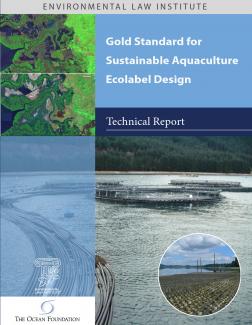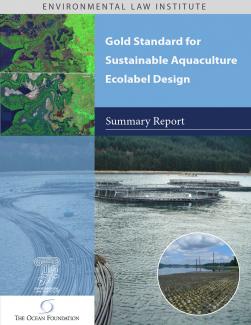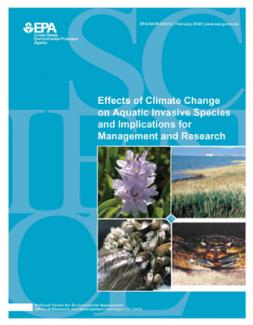Non-Point Source Pollution Research
Paying landowners not to pollute, providing free technical advice, and relying on voluntary adherence to BMPs has proven to be an incomplete strategy in many cases. Gradually, states are turning to enforceable mechanisms — including discharge prohibitions, direct enforcement of water quality standards, pollution abatement orders, required operating practices, nuisance and misdemeanor prosecutions, and civil and administrative penalties — to supplement other approaches.




